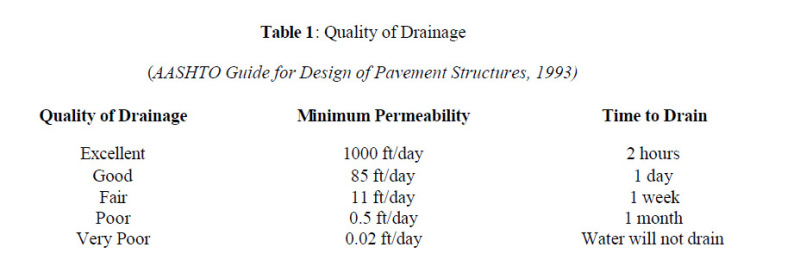Okiryu
Civil/Environmental
- Sep 13, 2013
- 1,094
Do you have any references for engineering practices for earthwork and road construction in areas where water table is high? One of them is fill placement with good subdrain systems. Other ideas? Our site has clay and silt layers of 3 to 5 meters thick followed by gravels with occasionally limestone inclusions. Thanks.

